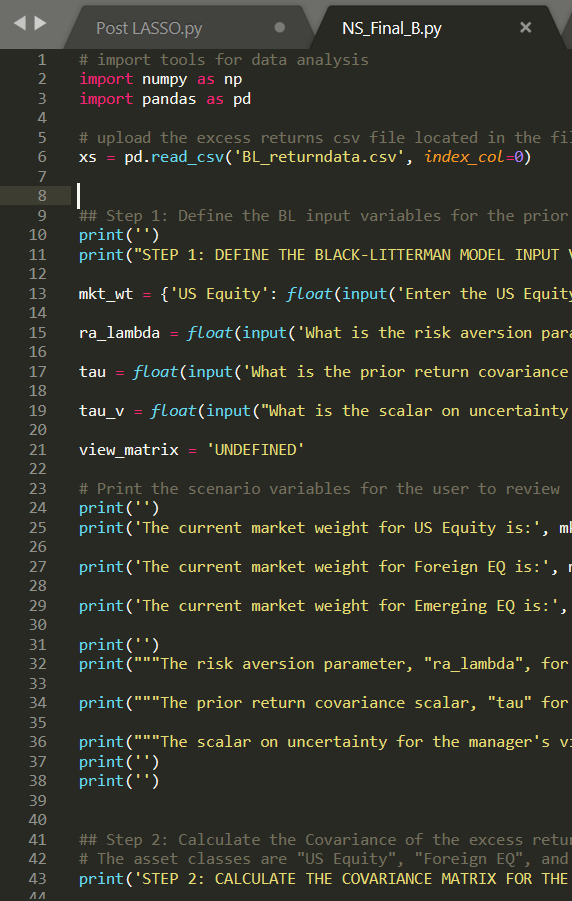Hello, World!
For many, the first customary steps along the path of a structured computer programing curriculum is to code a program to print the phrase "Hello, World!", yet the technology and the world we live in have continued to change since that phrase was first introduced into digital custom. In the past few years we have reached the point of technological development where we often know ahead of time what kinds of new capabilities and changes technology will bring us down the road, and yet somehow so many of these changes still seem so impressive after they arrive. As we approach a new era, the financial world has been forever changed by exponential improvements in computational power that now provide the capabilities to execute complex calculations involving many millions of lines of data in almost no time. Currently, approximately 90% of average daily trading volume on major securities exchanges are initiated by algorithms, and banks can no longer rely on strategies to hold prime commercial real estate square footage for their branch network to win a market - digital access and data analytics have brought new rules.
As more aspiring coders return the phase “Hello, World!” along the first steps of initiation into any new programming language that they learn, momentum continues to accelerate behind the drive toward new applications for data structuring, training, modeling, and final analytics through machine learning techniques and other analytics capabilities. Despite these new technologies and methods, the HP 10BII and similar tools are is still useful for calculating cash flows and simple ratios in short order, even through capabilities offered by programming languages such as SAS, R, python, and others provide access to packages that are exponentially more powerful than our best tools of the past. Similarly, the most recent version of Microsoft excel is still powerful enough to handle 1,048,576 rows and 16,384 columns prior to plug-in modifications.
Exciting new changes that are being created through technology offer us more opportunities than ever to work out old problems in new ways, but the most successful among the next generation of financial professionals will be those who understand what tools will work best in each specific application they will face. That much will never change.
